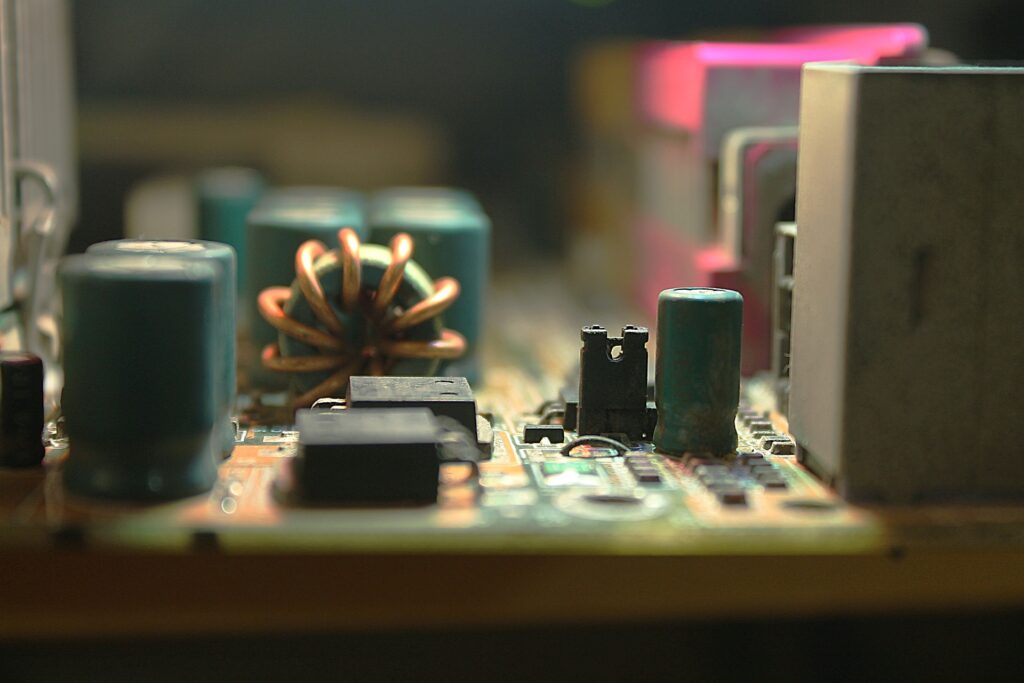
Understanding the Inner Workings of Timers in Embedded Systems
Introduction:
Embedded systems are at the heart of numerous electronic devices we encounter in our daily lives, from smartphones and smart appliances to automotive systems and industrial machinery. One essential component of these systems is the timer, a versatile tool that plays a crucial role in managing and coordinating various tasks. In this blog post, we will delve into the world of timers in embedded systems, exploring their functionality, applications, and inner workings.
What is a Timer?
In its simplest form, a timer is a device that measures or tracks time intervals. In an embedded system, a timer is implemented as a hardware component or a software module to provide precise timekeeping capabilities. Timers are commonly used to synchronize events, schedule tasks, generate delays, capture time-sensitive data, and trigger actions at specific intervals.
Hardware Timers:
Hardware timers are typically integrated into the microcontroller or microprocessor of an embedded system. They operate independently of the software, making them highly accurate and reliable. Hardware timers consist of a counter, clock source, and control registers.
- Counter: The core component of a hardware timer is a counter, which increments or decrements at a fixed rate based on the clock source. The counter value represents the elapsed time or the number of clock cycles that have occurred.
- Clock Source: The clock source provides the timing signal for the timer. It can be derived from the system clock or an external crystal oscillator. The clock frequency determines the resolution and maximum time duration the timer can measure.
- Control Registers: The control registers allow the software to configure the timer’s behavior. They provide options for setting the clock source, enabling interrupts, specifying operating modes (such as periodic or one-shot), and configuring input/output pins.
Software Timers:
In some cases, embedded systems may not have dedicated hardware timers or require additional timekeeping functionality beyond what the hardware provides. Software timers come to the rescue in such scenarios. These timers are implemented using software libraries or operating system features. Instead of relying on hardware counters, software timers utilize software-based counters that increment with each system tick or interrupt.
Software timers offer more flexibility and can be easily adjusted or reprogrammed during runtime. However, their accuracy and reliability may be affected by the system’s processing load, interrupt latency, and other factors.
Timer Interrupts:
Interrupts play a vital role in the functioning of timers. When a timer reaches a specific value or completes a time interval, it generates an interrupt signal. This interrupt allows the system to respond promptly and perform the desired actions or tasks associated with the timer event. For example, an interrupt from a timer could trigger the execution of a specific function or initiate a critical process.
Applications of Timers in Embedded Systems:
Timers find extensive use in a wide range of embedded systems applications. Here are some common scenarios where timers are employed:
- Real-Time Systems: Timers are crucial for precise scheduling and synchronization of tasks in real-time operating systems (RTOS). They help manage time-critical processes and ensure that events occur at predetermined intervals.
- Pulse Width Modulation (PWM): Timers enable the generation of PWM signals used for motor control, LED dimming, and audio generation. By adjusting the duty cycle, timers can control the intensity or speed of these devices.
- Sensor Data Acquisition: Timers are used to capture data from sensors at regular intervals, ensuring accurate and synchronized sampling for applications such as data logging, environmental monitoring, and industrial control systems.
- Communication Protocols: Timers are utilized in protocols like UART, I2C, and SPI to provide precise timing for data transmission and reception, ensuring reliable communication between devices.
Conclusion:
Timers are indispensable components of embedded systems, facilitating precise timekeeping and event coordination. Whether implemented as hardware
Read my other blogs:
C Program to find Given Number is Prime or not.
Write a program to find Factorial Numbers of a given numbers.
Embedded C language Interview Questions.
Automotive Interview Questions
Understanding AUTOSAR Architecture: A Guide to Automotive Software Integration
Big Endian and Little Endian in Memory
Zero to Hero in C language Playlist
Embedded C Interview Questions
Subscribe my channel on Youtube: Yogin Savani
